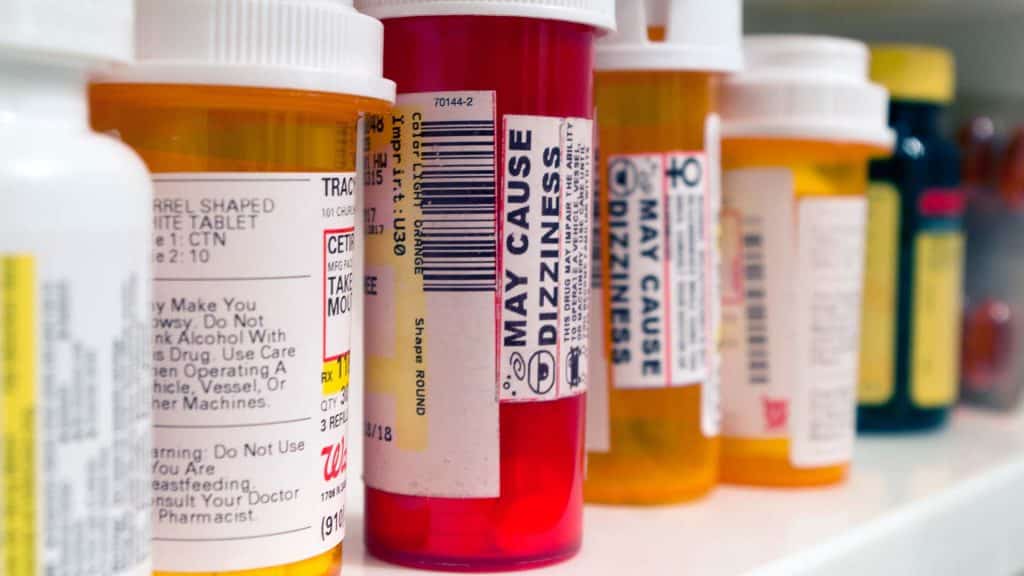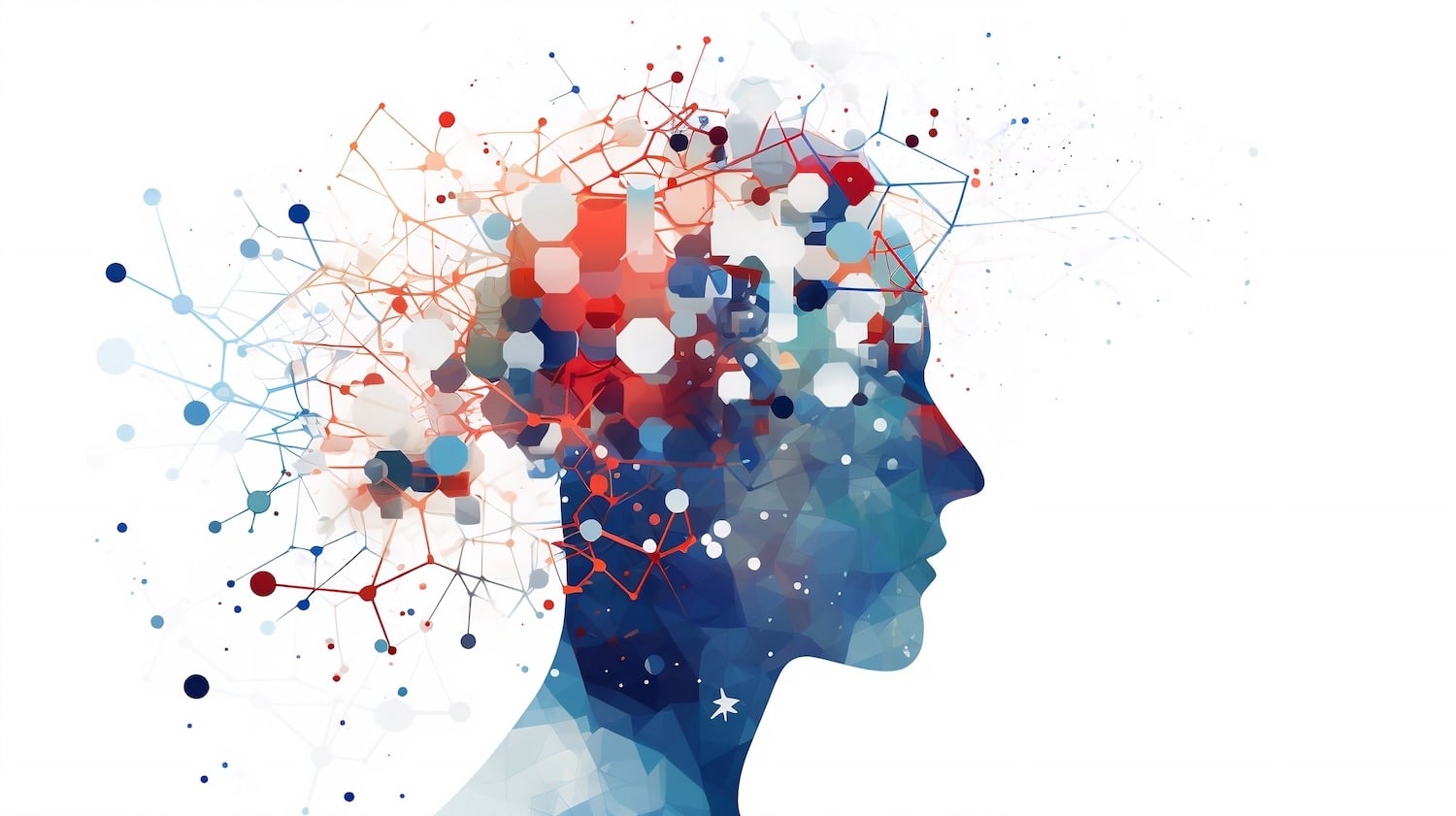What Is Gabapentin?
- Epileptic seizures
- Shingles pain (neuralgia)
- Diabetes nerve pain
- Restless Leg Syndrome

Things to Know Before Taking Gabapentin
Like with all prescription drugs, it’s important to learn all the necessary information and use caution before taking any brand of Gabapentin. Here are some facts about the drug that you may want to know before you or a loved one starts the prescription:
- Gabapentin can treat seizures in both children and adults — can start at 3 years old
- Some forms and brands need to be taken with food.
- Rare cases of withdrawal have been reported. Withdrawal and severe complications only occurs when Gabapentin is misused.
- Seizure medications like Gabapentin can increase risk of suicidal thoughts & behavior.
Symptoms of Taking Gabapentin
Dizziness and Incoordination
Drowsiness
Weight Gain
Managing Side Effects
While you may not be able to necessarily avoid the side effects of Gabapentin, you may be able to manage them. Here are a few ways you can minimize the symptoms:
- Avoid combining with other prescription medications
- Talk to your doctor about over-the-counter medications that may reduce symptoms
- Don’t drive or operate machinery after taking
- Create a diet and exercise plan
With the right behavioral patterns, you can successfully manage your dosage of Gabapentin while fighting the nerve pain that led you to take the medication in the first place.See a doctor if you experience trouble breathing, severe weakness, hives, or rashes. Talk to a specialist before stopping. To learn more about using prescription medication responsibly, call 267.209.7313.



